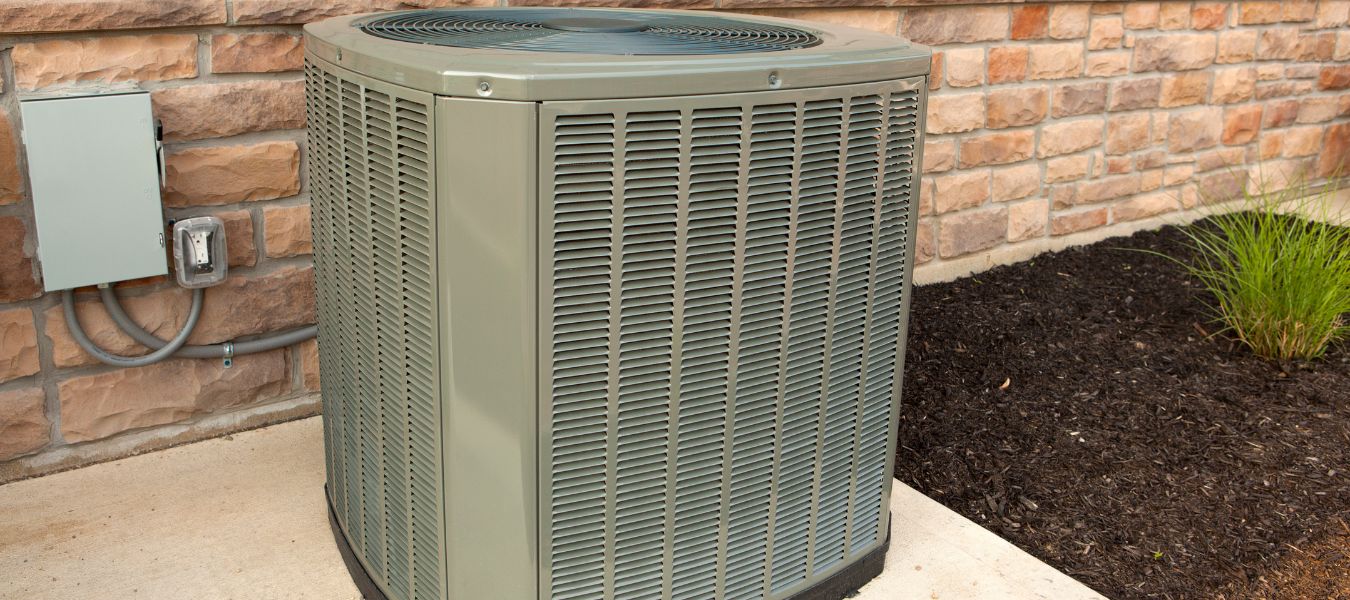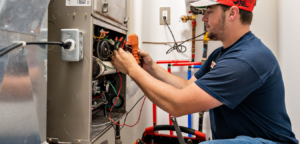

Keeping your home or business nice and cool isn’t the only function of your air conditioner. When it’s running, it also has the important task of keeping your indoor air as clean and healthy as possible. So, how does it achieve this?
When your thermostat notices that the temperature is too warm, it communicates with your air conditioner to begin the cooling process. At that point, a fan pulls warm air into your air ducts, and before the air can reach the point of being cooled down, it must first pass through a filter. The air filter traps the airborne contaminants, such as dirt, dust, pollen, dander, and mold spores. Then, when that air goes through the cooling process outlined above, the vast majority of the pollutants have been removed, so the refreshing air that eventually circulates around the property is smooth and clean.
There are three primary types of air conditioners, and although the basics of the cooling process remain the same, there are some key differences.
Locally owned and operated in Southgate, MI since 1955, Flo-Aire Heating, Cooling & Electrical is one of the top heating & cooling companies in Southeast Michigan. Flo-Aire provides residential, commercial and industrial HVAC services throughout all of Metro Detroit.


